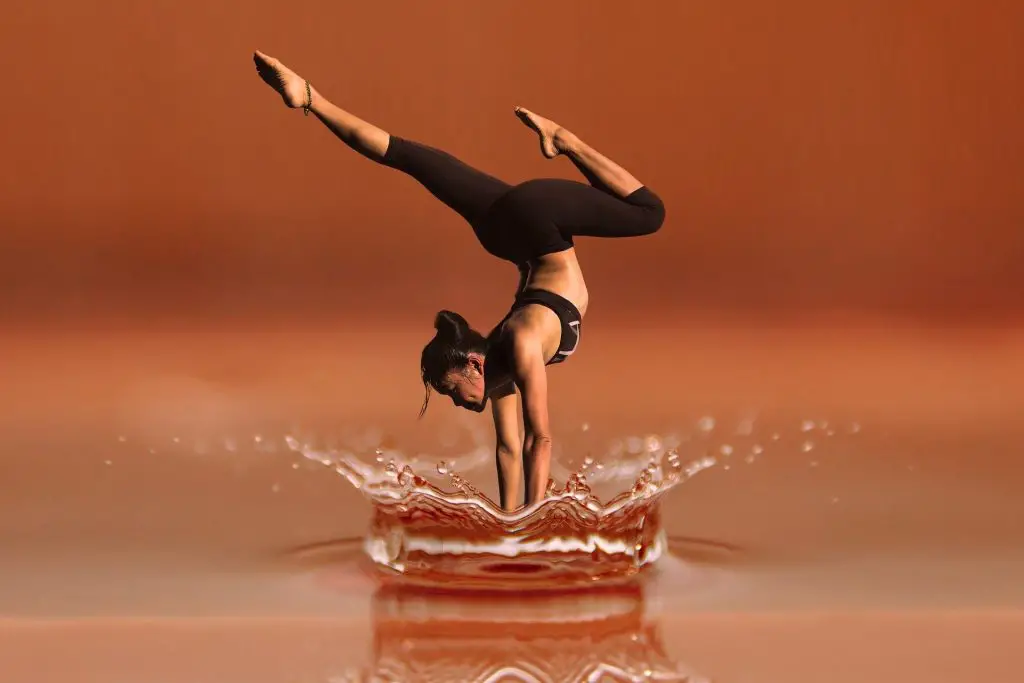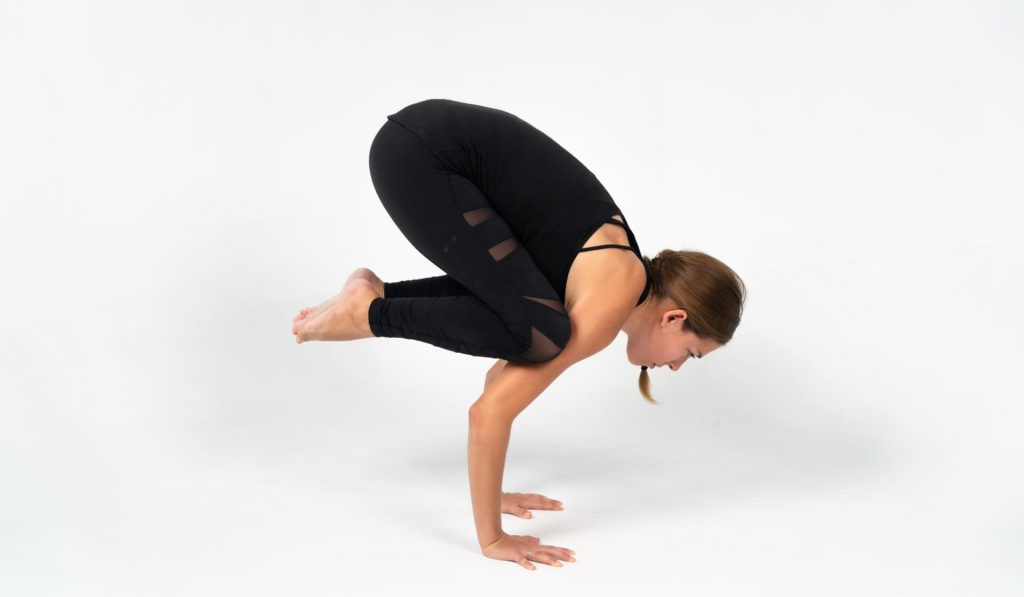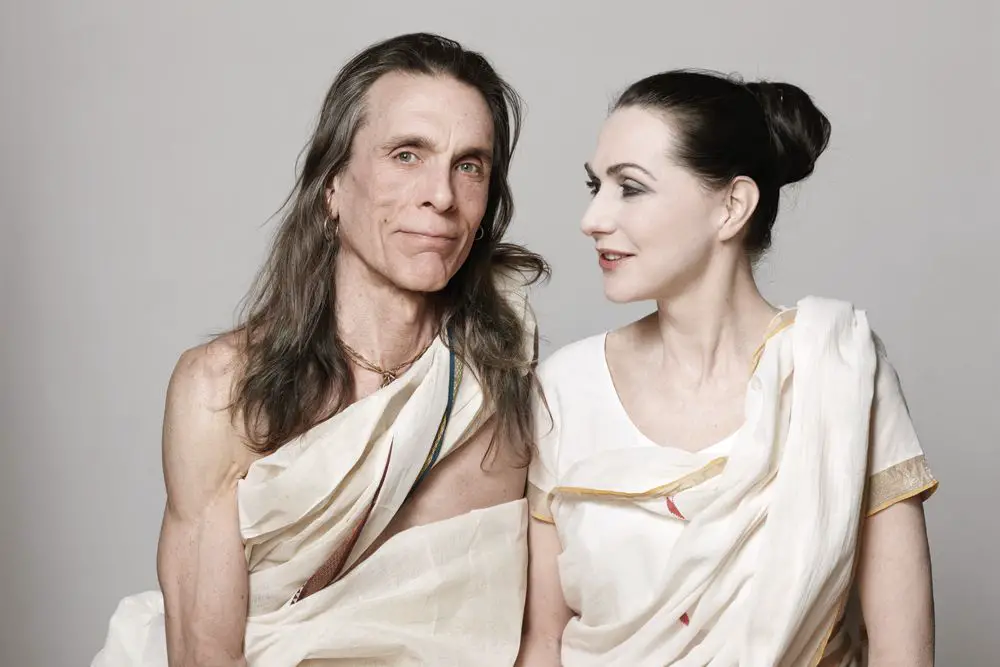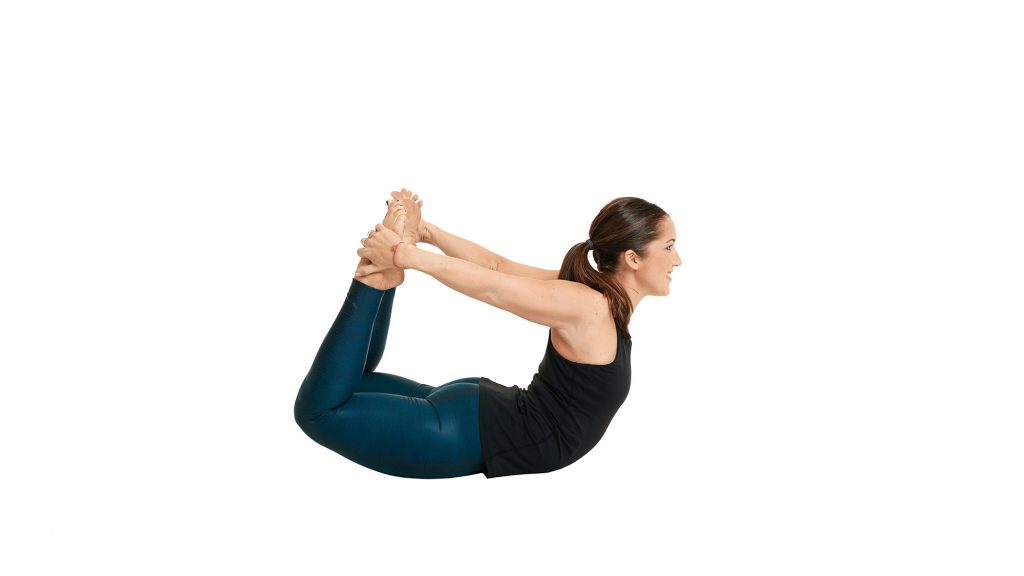If you’re looking for a physically challenging but spiritually enriching kind of yoga, try Jivamukti yoga. The word “Jivamukti” is based on a Sanskrit word that means both “liberation while living.” But what is Jivamukti yoga?

The origin of Jivamukti yoga
In 1984, Jivamukti yoga was founded by David Life and Sharon Gannon. It is considered a hybrid yoga style, since it synthesizes different teachings and elements of other practices. According to writer and yoga teacher Ann Pizer, Life and Gannon based their teachers from Swami Nirmalanda, Sri K. Pattabhi Jois, and Shri Brahmananda Sarasvati.
Jivamukti yoga started in New York, but its teachings gradually spread. Apart from opening a flagship studio in Union Square, Life and Gannon opened studios in Germany, London, Moscow, Sydney, and other international locations.
Jivamukti became so popular because of its rigorous and challenging, but reflective and contemplative nature. You can expect meditation, chanting, and pranayama in each class, but you can also look forward to fun and energizing asana.

The five tenets of Jivamukti yoga
Jivamukti yoga has five principles or tenets, which encompass and enrich the entire practice. Here they are below.
1. Shastra
Shastra means “scripture,” and this tenet emphasizes the study of ancient yogic teachings. Jivamukti yogis are avid scholars of yoga philosophy, and voraciously study yogic texts like the Yoga Sutras of Patanjali, the Hatha Yoga Pradipaka, the Bhagavad Gita, and the Upanishads.
As much as possible, Jivamukti yogis apply insights and concepts gained from their readings into their daily lives.
2. Bhakti
Bhakti is the practice of devotion to God. For Jivamukti yogis, this entails setting an intention that is higher than one’s self. That said, the goal of Jivamukti yoga is not simply achieving a pose. The goal of Jivamukti yoga is to connect oneself with the divine.
3. Ahimsa
You may have heard about ahimsa before. Ahimsa means “non-violence” and can also be understand as compassion for oneself and for others.
Jivamukti yoga strongly advocates environmentalism and animal rights, as compassion should not only be extended to human beings but to all living beings as well. In fact, part of the Jivamukti practice is ethical vegetarianism.
4. Nada
In a Jivamukti class, expect to chant and listen to music. Jivamukti is a very sensory experience, and emphasizes the importance of listening. When we tune into external vibrations like music, we’re also able to tune more inwardly with the self.
5. Dhyana
Meditation is a big part of Jivamukti yoga. More importantly, Jivamukti teaches you how to detach from your thoughts and identify negative thought patterns as the voice of the ego. Meditation, pranayama, and music are ways to help set the mind free and connect with the true self (consciousness) and the divine.

All in all, Jivamukti yoga offers a comprehensive and all-encompassing experience of yoga. Jivamukti’s teachings allow the practitioner to be aware of the self, of others, and of the divine. It also encourages practitioners to respect traditions but also be aware of contemporary issues.
Jivamukti yoga poses
Here are two Jivamukti yoga poses to try.
1. Hanumanasana
Also known as a split, hanumanasana is named after Hanuman, a figure in Hinduism.
From your all fours position, step your right foot forward. Straighten out the right leg as you shift the hips back. Feel the stretch in the back of your right thigh, then pull your left hip back.
You can go further by straightening out the left leg and lowering the left hip down, to come into a full split. However, do know that you can easily stay in a half split.
2. Dhanurasana
On your belly, connect your heels to your bum. Reach your arms back and clasp hold of the outer edges of your ankles. Push your ankles into your hands, then lift up through your chest and shoulders.
Kick your heels back, as you feel your chest rice. Keep your neck long and breathe.
3. Bakasana
From Malasana, bring your hands down. Grip the ground underneath you, and engage hasta bandha and mula bandha.

Squeeze your knees into your triceps, shift your weight forward, and lift one foot up followed by the other. Keep your gaze focused to the top edge of the mat. Hold the pose for a few breaths and engage the core.






